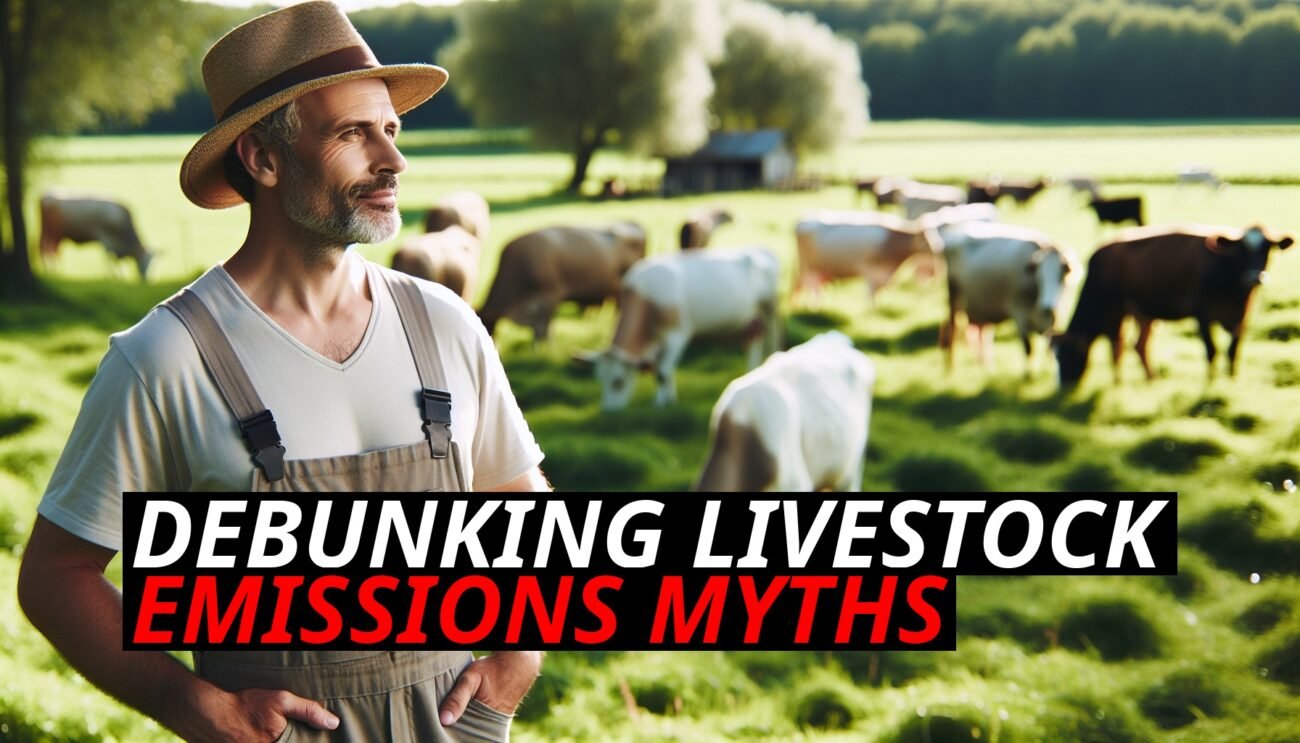You’re in your backyard garden, and you notice an army of crickets hopping around, or maybe you’ve spotted a mouse scurrying into your shed. Most of us see these creatures as pests—something to get rid of. But what if, instead of exterminating them, we could repurpose these unwanted guests into a useful resource? In the world of survivalists and traditional cultures, that’s exactly what people have done for centuries: turning bugs, mice, and other small animals into valuable food sources.
Let’s explore how you can make use of what nature provides, transforming pests into practical, sustainable resources inspired by survivalist methods and ancient traditions.
Why Repurpose Bugs? The Value In Nature’S Pests
It might seem strange at first, but bugs and other small creatures are actually full of untapped potential. In many traditional cultures and survival scenarios, insects, mice, and small animals aren’t seen as nuisances—they’re considered opportunistic food sources.
Bugs, for instance, are rich in protein and other essential nutrients. Crickets, grasshoppers, and even mealworms are packed with nutrition, and they’re abundant in the wild, making them a readily available source of food if you know how to use them. Similarly, small animals like mice or squirrels, while not ideal for farming, can provide valuable nutrition in survival situations or as part of resourceful, waste-reducing practices.
By learning how to repurpose pests, you can tap into these often-overlooked resources, making better use of what nature offers.
Gathering Bugs: Simple Techniques To Harvest Nature’S Protein
If you’re thinking about foraging for bugs, the first thing to know is that they are everywhere, often in your own backyard. Harvesting insects doesn’t require any special equipment—just some basic techniques that survivalists and traditional cultures have used for centuries.
Here are some simple ways to gather bugs:
- Nighttime foraging: Many insects are nocturnal, meaning they come out at night. Shine a flashlight into grassy areas or under leaves to spot crickets, grasshoppers, and beetles.
- Netting or trapping: A simple net or even your bare hands can be enough to catch insects like grasshoppers. Alternatively, set up a bug trap with a light source—many bugs are attracted to light, and they can be easily collected this way.
- Shaking trees or bushes: Certain insects, like caterpillars and beetles, live in trees and bushes. By gently shaking branches over a cloth or tarp, you can collect bugs without much effort.
Once gathered, these bugs can be cooked or roasted and used as a protein-rich ingredient in a variety of dishes. Crickets, for example, can be ground into a powder and mixed into flour, while grasshoppers can be fried or boiled and added to stews.
Small Animals: Making The Most Of What’S Available
For centuries, people have turned to small animals like mice and squirrels as a food source in times of need. While it may not be the first choice for most, in survival situations, these animals can provide valuable protein and fat when other sources are unavailable.
Here’s how you can make use of small animals:
- Trapping: Small animals like mice can be caught using simple traps. Survivalists often recommend setting up traps near food sources or entry points where these animals are likely to travel.
- Preparation: Once trapped, small animals need to be cleaned and cooked properly. It’s important to fully cook the meat to ensure it’s safe to eat. Mice, for instance, can be roasted over a fire or boiled in a stew.
- Using the whole animal: In many traditional cultures, no part of the animal goes to waste. The fur can be used for insulation or other purposes, while the bones can be boiled for broth or used in tools.
While eating small animals might seem unusual, it’s a practical way to repurpose pests that would otherwise be seen as waste. Plus, it aligns with the survivalist principle of using all available resources to maximize efficiency.
Bugs And Small Animals: An Ancient Tradition
Foraging for bugs and hunting small animals isn’t a new idea—it’s a practice rooted in ancient traditions from cultures around the world. Indigenous people, early humans, and survivalists have long turned to these creatures as part of a broader strategy to make use of what nature provides.
In many African and Southeast Asian cultures, insects like locusts and termites are considered delicacies during specific seasons. These bugs are not only a vital source of nutrition but also a way to reduce crop damage by harvesting insects that would otherwise destroy plants.
Similarly, in times of famine or food scarcity, many cultures turned to small animals like rats or raccoons as a means of survival. These creatures were often hunted and prepared during hard times, providing families with much-needed sustenance when traditional livestock wasn’t available.
By learning from these traditional practices, we can gain a better understanding of how to make use of pests in a way that is both sustainable and resourceful.
Cooking And Preparing Bugs: Recipes From Around The World
One of the biggest barriers to repurposing bugs is the “ick” factor—most people aren’t used to seeing insects on their dinner plate. But with the right preparation, bugs can be turned into delicious and nutritious meals.
Here are some cooking ideas inspired by traditional practices:
- Cricket flour: Dry out crickets and grind them into a fine powder to create cricket flour. This can be mixed into regular flour to make bread, pancakes, or protein bars.
- Grasshopper stir-fry: Clean and fry grasshoppers in oil with garlic, onions, and peppers for a crunchy stir-fry that’s packed with protein.
- Mealworm tacos: Roast mealworms in the oven until crispy and add them to tacos as a protein-rich topping. Combine with salsa, guacamole, and your favorite spices for a flavorful twist.
Incorporating bugs into familiar recipes makes it easier to overcome any initial hesitation and helps normalize the idea of repurposing these natural resources.
Sustainability: Why Repurposing Is Better Than Farming
One of the biggest advantages of repurposing bugs and small animals is the low environmental impact. Instead of building farms to grow bugs or using pesticides to kill off pests, repurposing allows us to work with nature rather than against it.
When bugs are farmed on a large scale, it requires energy, infrastructure, and resources—all of which add to the environmental cost. By foraging for bugs or using small animals that are already present, we can reduce waste and avoid unnecessary farming systems.
Repurposing pests is an example of sustainable living, where nothing goes to waste and every resource is utilized. It’s a way to coexist with nature, rather than trying to control or manipulate it.
Conclusion: Embracing Nature’S Resources
Repurposing bugs and small animals isn’t just a survival tactic—it’s a sustainable, resourceful, and practical way to make use of the natural world around us. By looking to the practices of survivalists and traditional cultures, we can learn how to tap into nature’s abundance without needing to resort to industrial farming systems.
So, the next time you spot a cricket hopping through your garden or a mouse in your shed, remember: what you see as a pest might just be your next sustainable meal. With a little creativity and inspiration from history, you can turn these critters into something far more useful than a problem to be solved.













